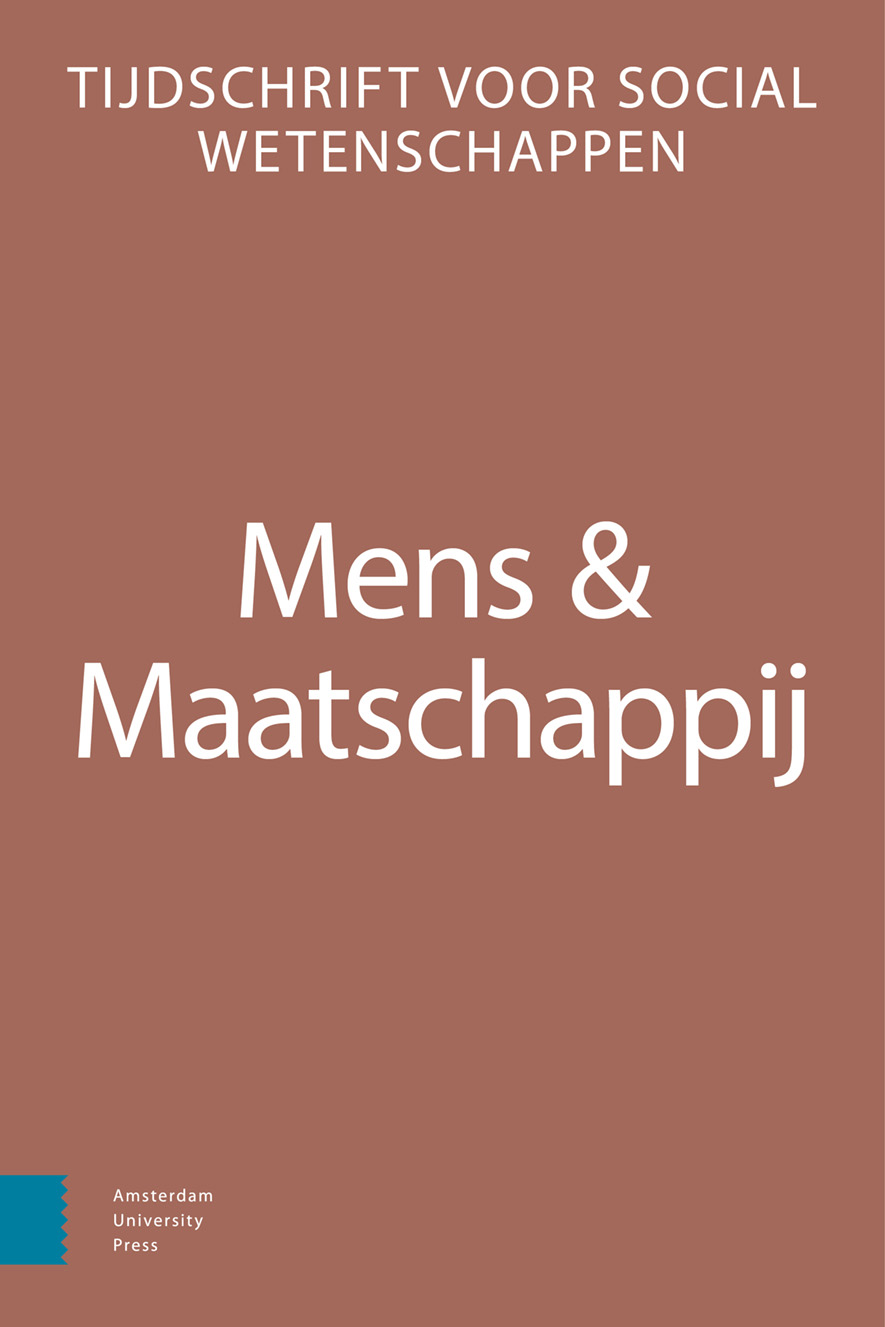-
oa Het effect van sociaaleconomische status en politieke kansenstructuren op protestparticipatie: een multilevel analyse van 17 Europese landen
- Amsterdam University Press
- Source: Mens & Maatschappij, Volume 98, Issue 2, Jun 2023, p. 150 - 174
-
- 01 Jun 2023
Abstract
The effect of socioeconomic status and political opportunity structures on protest participation: a multilevel analysis of 17 European countries
In recent years, protesting has become an increasingly pertinent form of political participation. Within the literature on political participation, both socioeconomic status (SES) and political opportunity structures (POS) have been shown to affect protest participation, but not often have these factors been studied in relation to each other. This study addresses this gap in the literature by analysing the effects of both SES and openness of POS on individual protest participation, as well as the moderating effect of POS on the effect of SES. Multilevel models were estimated using data from the European Social Survey and the Comparative Study of Electoral Systems. The results show that both SES and openness of POS positively affect individual protest participation. The moderating effect of POS openness was not significant, indicating that the positive effect of SES on protest participation remains consistent across different political opportunity structures. Thus, we have shown that political inequality based on socioeconomic status is persistent across European countries, however, it does not depend on political opportunity structures.


